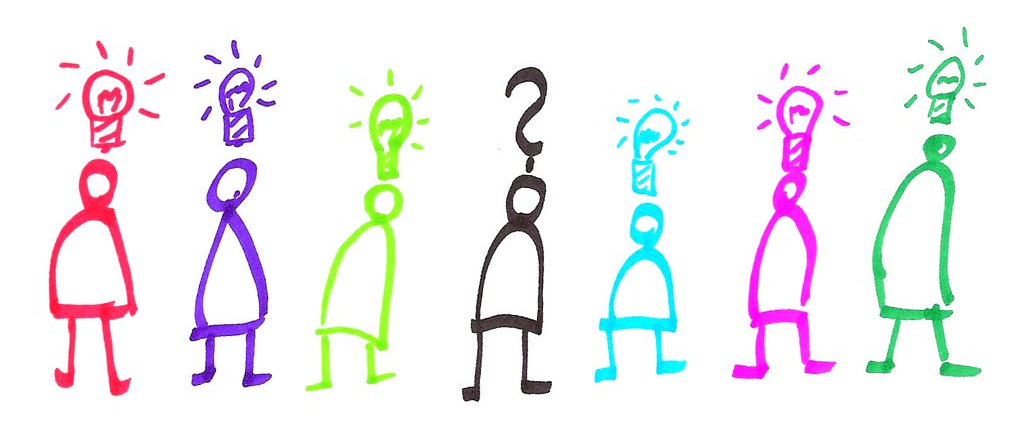7 Crowdsourcing Online Reviews

Online reviews can be classified into two major types: single entity reviews, and crowd sourced reviews. In a single entity review, a person (or perhaps a number of people who work for the same newsmagazine) decide to review a product, and commonly compare this product features with other similar products on the market. The other type of online reviews that are very prevalent today are crowdsourcing reviews: where anyone who has bought a product or used the service can offer their views on how good the product or service was or was not. These reviews have become quite common in a number of areas of our lives, in particular:
- eCommerce (the sale of goods and services)
- Travel
Many of us have looked at reviews on:
- Amazon
- Yelp
- TripAdvisor
- Airbnb or VRBO
- Your favourite retailer
These crowdsourced online reviews can be very useful, but when reading them, users should be aware of a number of issues.
Open vs. Closed Review Platforms
An open platform would be something like “Yelp”, where you can write about any business you want. Yelp has no way of knowing whether you actually visited the business you are writing about.
A closed review platform only allows reviews from customers of the platform. For example: Airbnb, Amazon, etc. To write the review, you need to be a registered customer on the platform and have used the product, for example: stayed in the accommodation (e.g. Airbnb) or actually bought the product (e.g. Amazon).

Fake Reviews
In general, most reviews are authentic; however, fake reviews do creep into systems, and users should be aware that they can exist.
With an open review system (e.g. Yelp, TripAdvisor), the review platform doesn’t know if you have actually used the service. For example, there have been cases of unscrupulous restaurant owners asking their staff to leave negative reviews about competing restaurants nearby, or leave glowing reviews about the restaurant where they work.
With closed review systems, both the reviewer and reviewee have accounts on the platform (e.g. Airbnb, Amazon) so in theory only people who have used the service / bought the product can leave a review; however, some enterprising individuals have found ways to inflate the number of positive reviews. For example, some unscrupulous vendors have done this – ask some people to buy their product, write a glowing review, return the product (for full refund), and then the reviewer receives some form of compensation for the review. Other unethical vendors offer some sort of financial incentive if you write a 5 star review.
Although platforms that allow online reviews generally work diligently to ensure all reviews are authentic, fake reviews can creep in.
Here are some suggestions to help identify fake reviews:
- Pros & Cons: Real reviews usually mention both the positive, and also things the reviewer wishes were different. Fake reviews tend to be entirely positive, or entirely negative.
- Length & Thoughtfulness: Real reviews are often longer, and you can tell that the reviewer has put some thought into what they have written. The fake reviews are often shorter, display less thoughtfulness, and rely on absolutes, e.g. “This is the best ever…”
- Reviewer’s Profile: Look to see when they joined the platform, how many reviews they have written over their time on the platform. Fake reviewers are more likely to have joined just recently, and may have no other reviews, or may have many other short positive reviews in their profile.
- Read Some of the Reviews: It’s important to read the most recent reviews, as the “star” rating doesn’t tell the whole story. A product could have hundreds of 4.5/5 star reviews, but then the product could have been changed to something without the same quality (or in some cases an entirely different product), and reading the most recent reviews will give you a sense if you can rely on the star ratings.
- Computational Analysis: As fake reviews tend to have patterns that a computer can recognize, software has been created to detect fake reviews, check out fakespot.com
Positive Bias
Online reviews have been shown to be overly positive. In the research study The Extreme Distribution of Online Reviews, the authors note “The tendency to observe primarily positive reviews has fueled the debate on how informative consumer reviews actually are…” Among the conclusions of the study are:
“…when most reviews tend to be highly skewed towards the positive side of the scale, consumers should pay more attention to the number of reviews than to the average rating, as the average ratings do not allow to distinguish between high- and low-quality products.”
“Our initial examination reveals that the sentiment of review texts is less extreme than the numerical ratings.”, so don’t just look at the number of stars related to the product, go and read some of the associated reviews.
Media Attributions
- “crowdsourcing” by Ralf Appelt is licensed under a CC BY-NC-SA 2.0 Lience
- “Online Reviews” by James Provost is licensed under a CC BY-NC-ND 2.0 licence.

